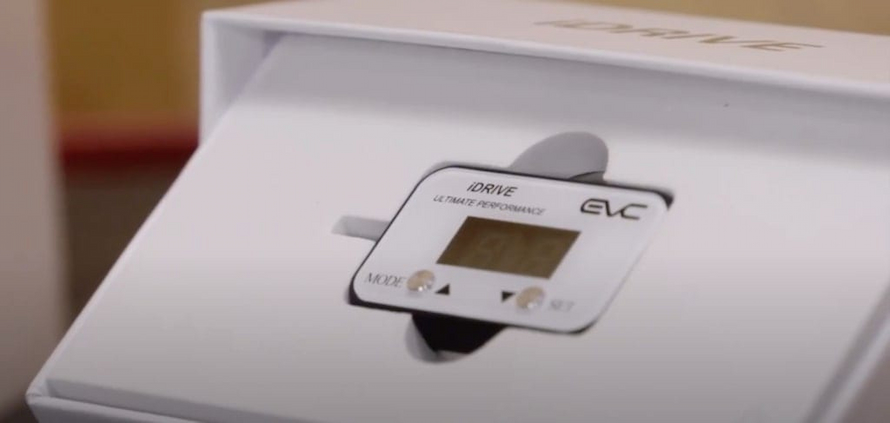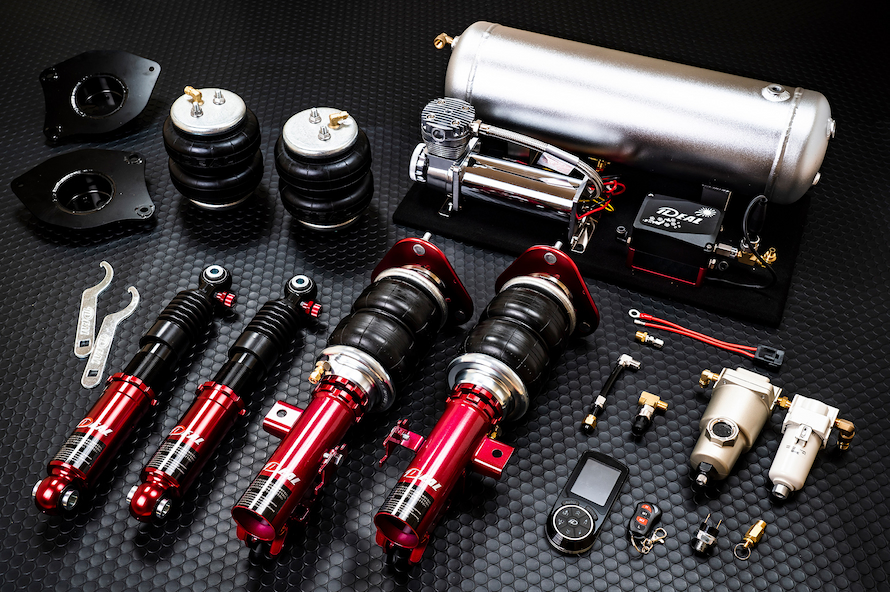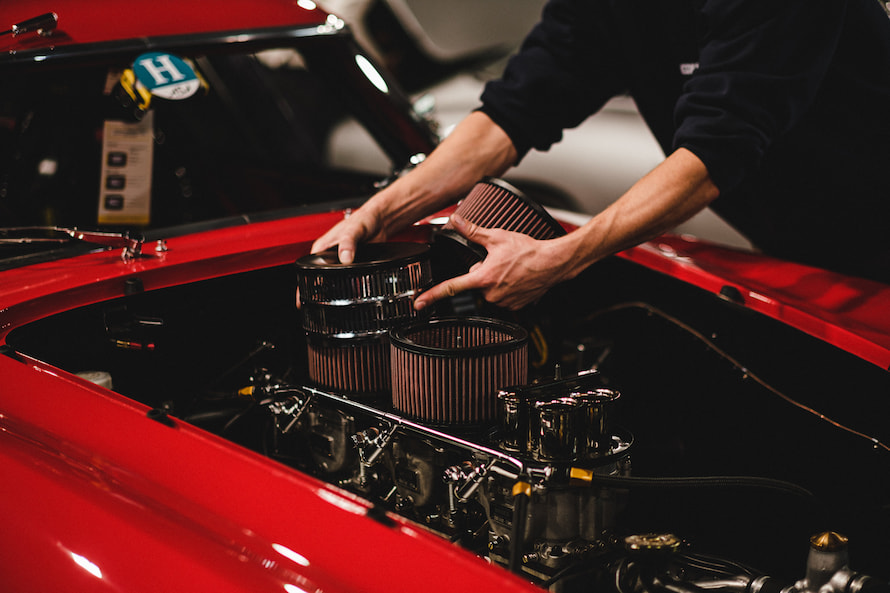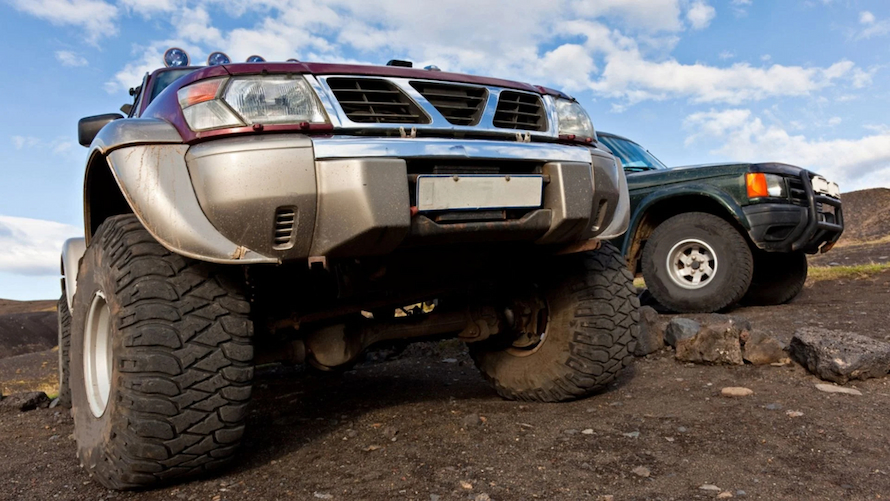Automotive
The Whats and Hows of Throttle Controllers
Want more performance from your car, but are on a tight budget? Consider installing a throttle controller. This will liven up any engine, and get you to quicker 0-60 times. You get a more responsive vehicle in all driving settings, and an added dose of fun each time you put your foot down.
What are Throttle Controllers?
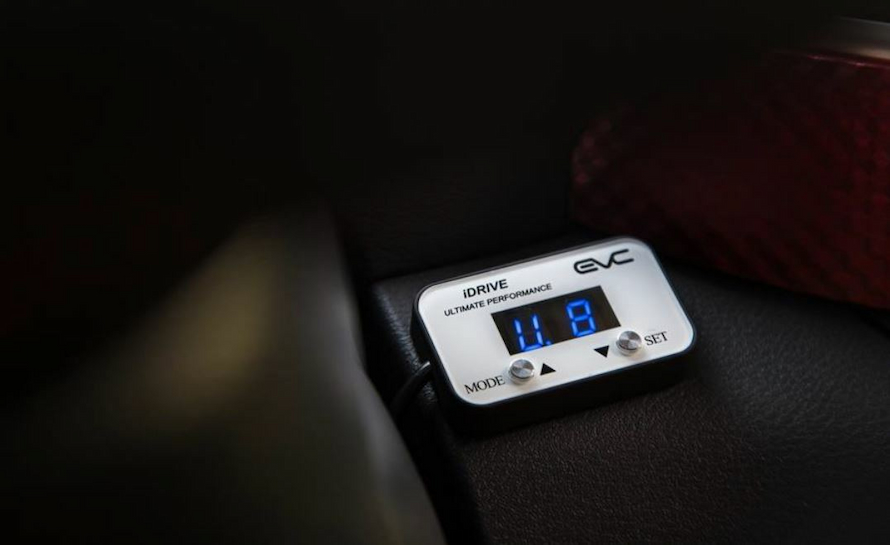
In short, small plug-and-play electronic devices, are fitted to fly-wire-by-wire vehicles and tasked to deliver optimal throttle response. The goal is to reduce inherent throttle lag or the time between actual acceleration with the gas pedal down. This can happen due to a few reasons.
In older cars, the throttle body was actuated with the cable from the gas pedal. Though not instantaneous, this delivered a consistent throttle response. In modern cars, electronics have taken the place of cables. When pressing the acceleration pedal, sensors read the position of the pedal and send an electronic signal to the car ECU that then opens the throttle body according to the voltage intensity. Car makers tune this response to reduce jolting or harshness, but this results in a disconnect between driver input and actual throttle response. In some extreme cases, intervals of two seconds (or more) with the pedal completely down (in what is known as WOT-Wide Open Throttle), before the vehicle accelerates, can be more of a hazard than a safety feature.
A car throttle controller, then, manipulates the sensor readings to increase (or decrease) the voltage the ECU uses to open the throttle body. Basically, the device tricks the ECU into thinking that the gas pedal is lower than it actually is. Without a throttle controller installed into the pedal and ECU circuitry, the vehicle reads the pedal position proportionately, as a one-to-one ratio. If the pedal is a quarter way down, then this is read as 25 per cent input. However, with an electronic throttle controller, the ECU sees the gas pedal pressed farther down than it is.
Benefits of Electronic Throttle Controllers
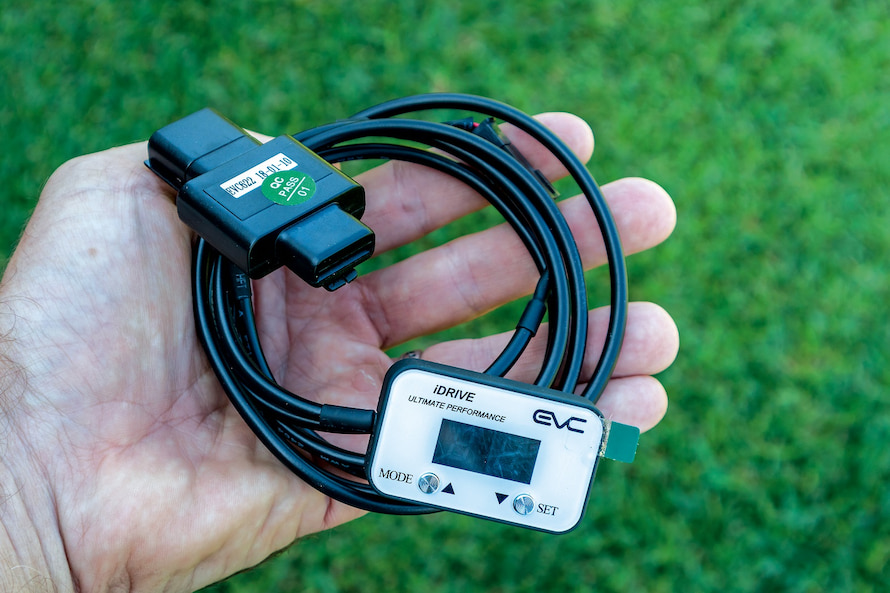
The biggest benefit of throttle controllers is reducing throttle lag. The device can be installed in all newer vehicles with fly-by-wire throttle actuation. There are different modes, mimicking driving modes in various vehicles. For instance, the best acceleration times are with the controller set in Sport (or Performance/Ultimate) mode, depending on the manufacturer. And this can be fine-tuned to your liking with up to ten settings. The high level of customization allows for faster throttle response in different driving situations, in essence, providing more feedback through the steering wheel and a better feel. Overtaking is made easier, as the vehicle reacts to driver input instantly. The same goes for moving from a standstill at the lights or the driveway. This is especially evident with the vehicle fully loaded or when towing. Acceleration is smooth, linear, and hassle-free.
Performance is increased in turbocharged gas or diesel cars and trucks, with the controller helping reduce turbo lag. With less restriction, revs pick up faster, and the turbo engages earlier.
Another advantage is that drivers have the option of dialling down the throttle response when faced with potholed roads and difficult terrain. For trucks and SUVs, this means better control, keeping the vehicle glued to the road. There’s no unnecessary wheelspin, meaning improved traction on loose surfaces covered with snow, ice, or mud. If you’re regularly going off-road, a car throttle controller can be the difference between getting stuck or effortless driving through tough obstacles.
When set in the same mode (Eco/Economy), an electronic throttle controller can also help with fuel consumption and emissions. By dialling the throttle down, no additional fuel is wasted in bumper-to-bumper rush hour traffic.
Newer, wireless-enabled units have a wider array of driving modes. For instance, parking modes besides cutting down on the throttle response, also limit revs to increase safety. Some modes completely block acceleration pedal input, in effect, immobilizing the vehicle. If you’re confused as to what mode your car will perform best in, just dial into Auto and let the controller do the work for you.
What about Cons?
The only evident disadvantage is the loss of accelerator pedal travel at the top end. If the controller is set at maximum power, the moment you get the pedal halfway down, the ECU is reading 100 per cent input, meaning no change in acceleration from then on. By this time though most vehicles will have reached or passed speed limits, so this is not as much of a disadvantage as first thought. Another thing to consider, though not a dealbreaker in itself, is where to install the unit. A car throttle controller is small and ideally placed near the driver for easier adjustment. Wireless units are operated by mobile devices, but check phone usage while driving in your state to avoid fines.
Do Controllers Void Car Warranties?
Short answer, no. There’s no change to quoted horsepower and torque figures, nor additional modifications to the engine. This makes controllers perfectly legal and one of the few performance mods that don’t require a ton of paperwork. Controllers are also simple to install, taking less than 5 minutes. And they can be removed just as quickly.
For the asking price of a couple of hundred dollars, a throttle controller is the cheapest performance upgrade money can buy.


